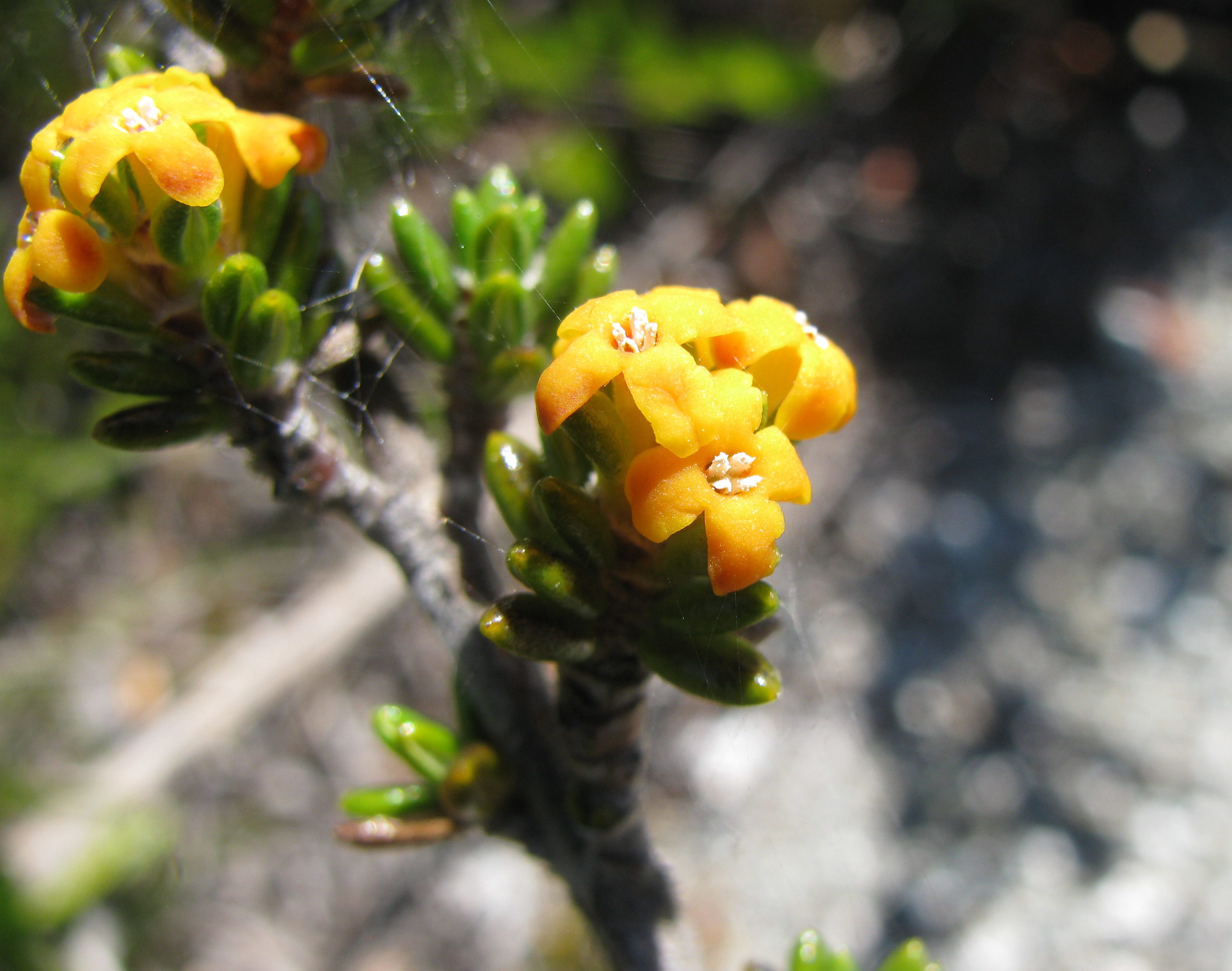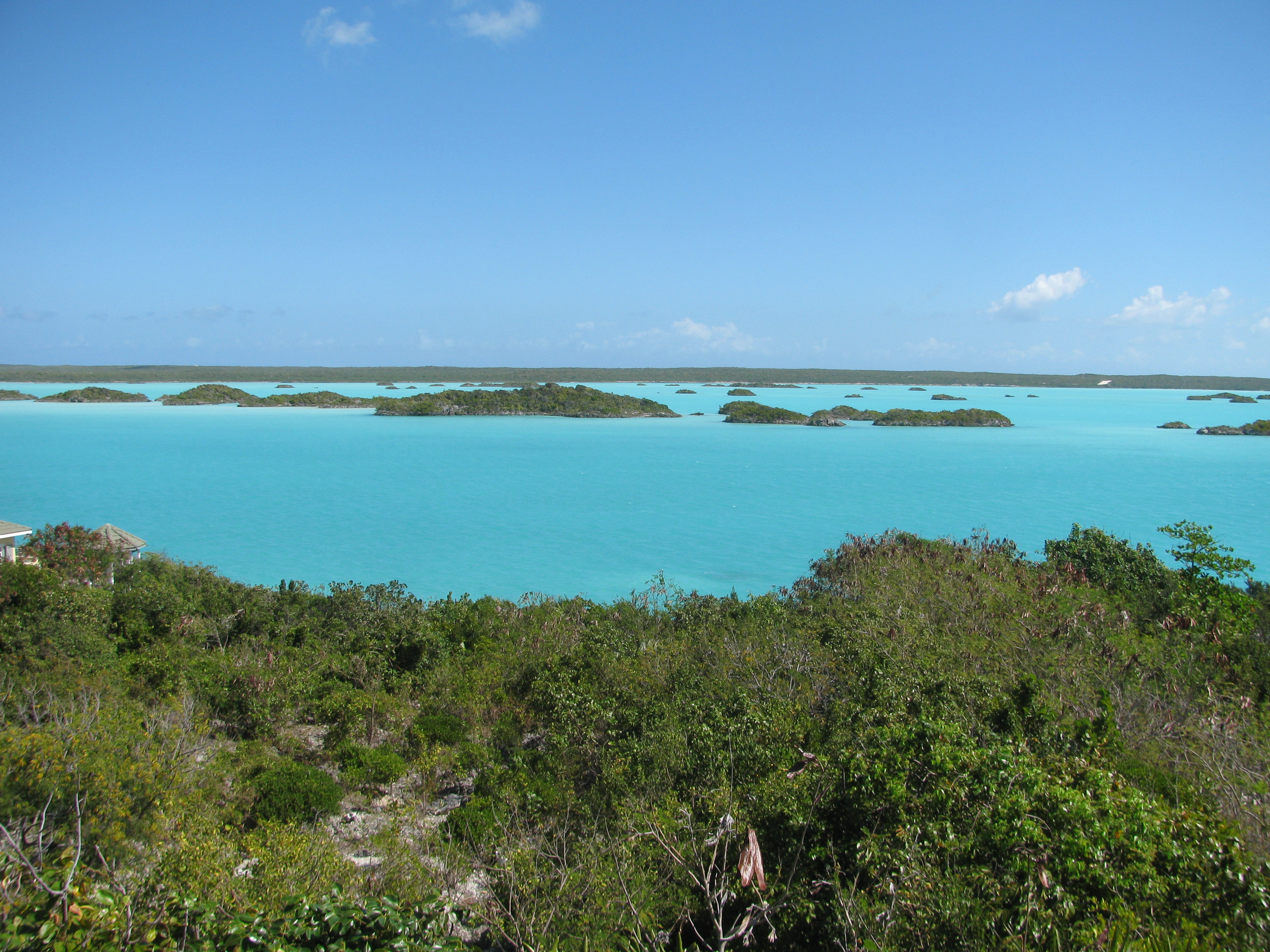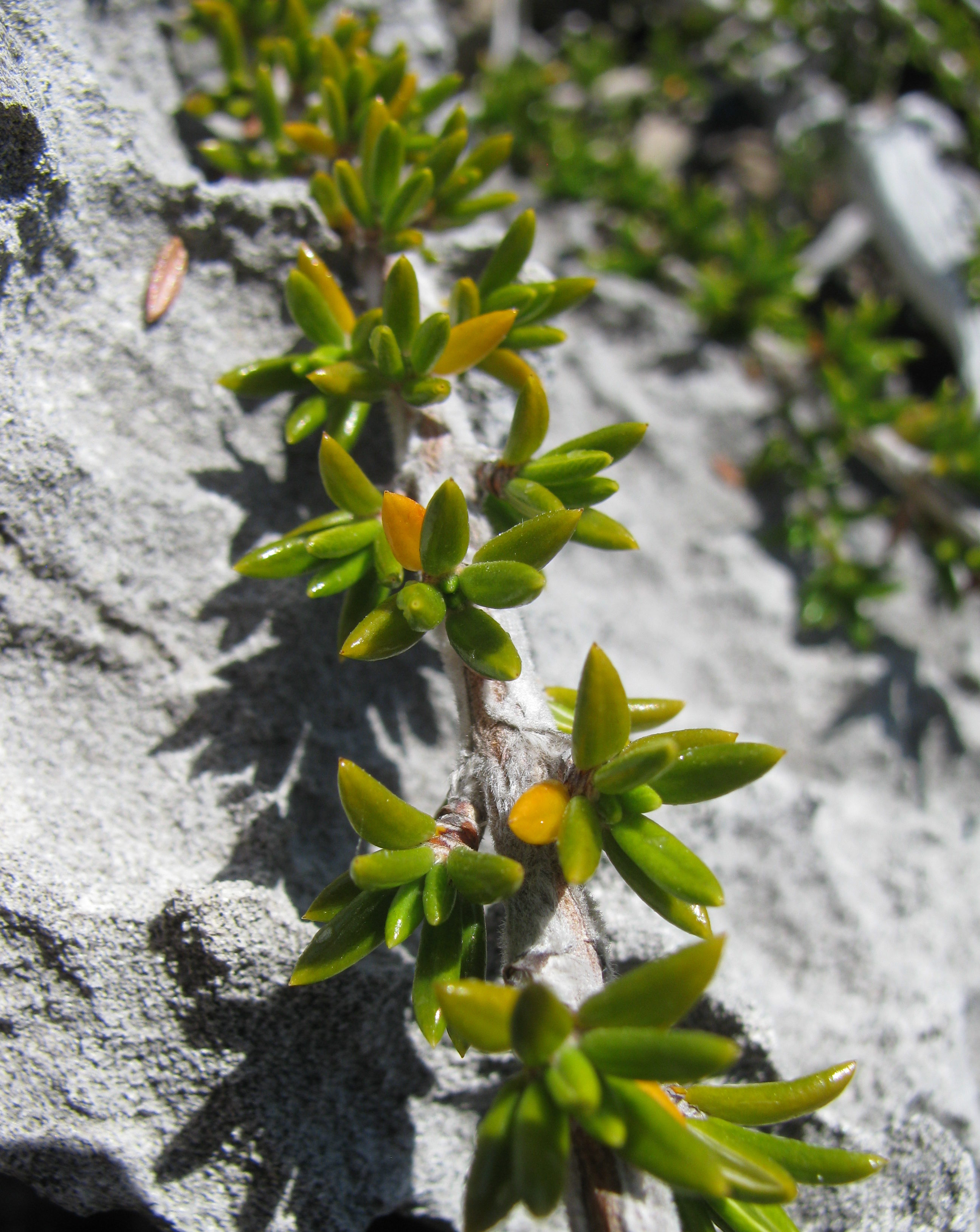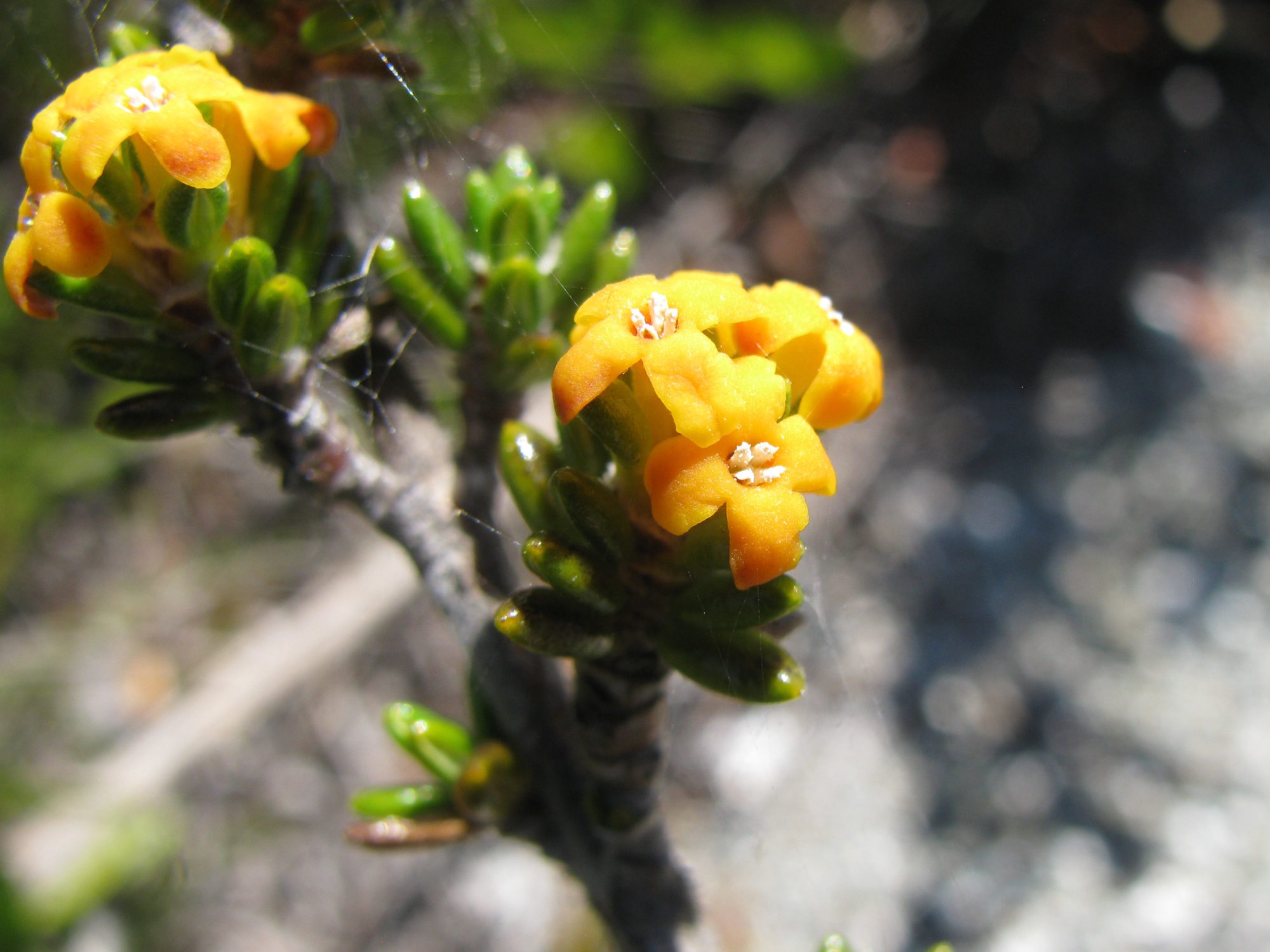Another tough Rubiaceae species from the Turks and Caicos Islands is the saltwater bush or Rachicallis americana. The Rubiaceae can really thrive and diversify in harsh, sandy conditions!

The thin branches in the foreground are Rachicallis americana (Rubiaceae)
My family and I were walking around Chalk Sound, a large lagoon in southwest Providenciales. I kept seeing these scrubby plants with bright orange flowers. I looked through the Rubiaceae species list of the Flora of the West Indies Database (Smithsonian National Museum of Natural History) to identify these plants as saltwater bushes.

Saltwater bush flowers have four petals and four anthers, which is characteristic of the Rubiaceae. The petals turn red as the flowers age (Rachicallis americana, Rubiaceae)

Looking north over Chalk Sound. The water is so blue!
Rachicallis americana is native to the Caribbean, Central America and Mexico (Smithsonian National Museum of Natural History, Flora of the West Indies Database). Branches can be burned to produce smoke to repel insects (The International Union for Conservation of Nature Red List: Rachicallis americana).

The small leaves and fuzzy stem of a saltwater bush help to prevent water loss from the sun, warm temperatures or salt spray (Rachicallis americana, Rubiaceae)

Being a bonsai enthusiast, I was amazed when I stumbled upon acres of the salt water bush (Rachicallis Americana) on one of our coastal shores here in Jamaica. Trying to retrieve one of these seemingly potential bonsai specimens, turned out to be near impossible. They were deeply embedded in the coastal rocks so even if you succeeded in breaking off a piece of rock, you would be almost sure to sever the root from the sandy soil beneath and drastically lessening the chances of survival.